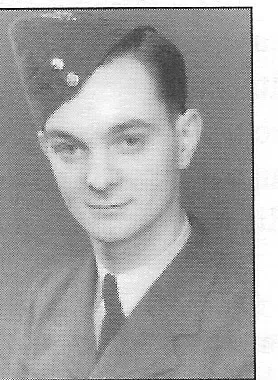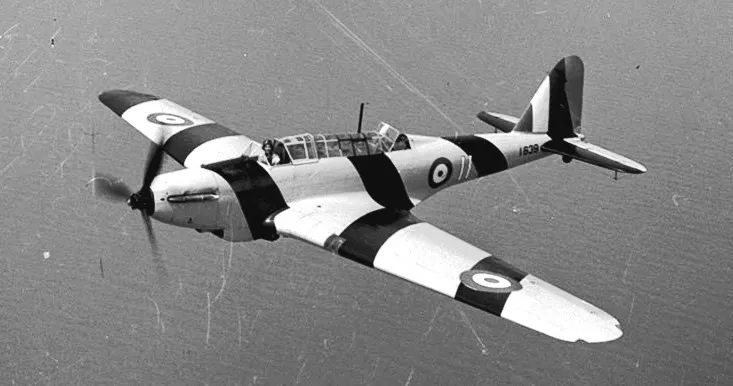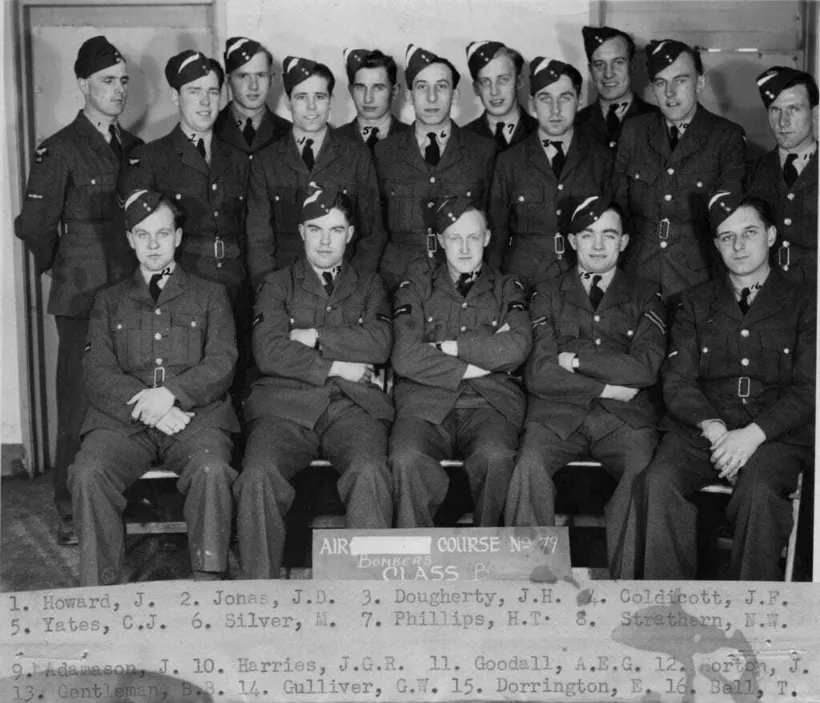Duncan, Donald Watt (Leading Aircraftman)
Killed in Flying Accident 1942-September-02


Birth Date: 1917-November-18
Born:
Parents: Son of John Morrison Duncan and Jeanine Duncan. of Winnipeg.
Spouse:
Home: Winnipeg, Manitoba
Enlistment:
Enlistment Date: unkown date
Service
RCAF
Unit
7 BGS- Bombing & Gunnery School
Base
RCAF Stn. Paulson, Manitoba
Rank
Leading Aircraftman
Position
Air Gunner
Service Numbers
R/134687
Home
This incident involved multiple aircraft:
- Lysander Mk. IIIA TT Serial: 2389
- Battle Mk. I Serial: 1962
All the above aircraft in the above list are referenced in this report.
Crew or Other Personnel
Battle 1962
Accident Card - Fairey Battle Mk. I serial:1962
This accident involved 2 aircraft on 1942-September-02. They are: Fairey Battle s/n 1962, Lysander IIIA s/n 2389.
This accident involved 5 people. Duncan DW, Lambert KA, Lowe CPA, Ogden A, Smith RE
This accident had 4 fatalities. Leading Aircraftman Donald Watt Duncan RCAF Killed in Flying Accident service no:R/134687 Battle 1962, Sergeant Clement Peter Pruvot Lowe RAFVR Killed in Flying Accident service no:1385640 Battle 1962, Leading Aircraftman Kenneth Albert Lambert RCAF Killed in Flying Accident service no:R/103752 Battle 1962,Sergeant Alan Ogden RAFVR Killed in Flying Accident service no:1332655 Lysander 2389
Battle serial: 1962

Fairey Battle, RCAF (Serial No. 1639), wearing target towing stripes, used in bombing and gunnery training, July 1941.
The Fairey Battle is a British designed single engine light bomber, used as a trainer in the RCAF. The Battle was powered by the same high-performance Rolls-Royce Merlin piston engine that powered various contemporary British fighters including the Spitfire. It was, however significantly heavier, with its three-man crew and bomb load. Although it was a great improvement over the aircraft that preceded it, the Battle was relatively slow and limited in range. It was only armed with two .303 in machine guns facing the rear, and was found to be highly vulnerable to enemy fighters and anti-aircraft fire.
The Fairey Battle participated in direct combat missions during early stages of the Second World War and earned the distinction of attaining the first aerial victory of an RAF aircraft in the war. In May 1940 the Battle suffered heavy losses, frequently in excess of 50 percent of aircraft sortied per mission. By the end of 1940 the type had been entirely withdrawn from active combat service, and was relegated to training units overseas, with many serving in Canada.
The RCAF received its first batch of eight Battles in August 1939, at RCAF Station Borden, Ontario. A total of 802 Battles were eventually delivered from England, serving in various roles and configurations, including dual-control trainers, target-tugs, and gunnery trainers for the Bombing and Gunnery schools of the Commonwealth Air Training Plan. Canadian use of the Battle declined as more advanced aircraft, such as the Bristol Bolingbroke and the North American Harvard were introduced. Battles remained in RCAF service until shortly after the end of the war hostilities in 1945. No. 111, 115 and No. 122 Squadrons of the RCAF flew Battles.
Fairey Battles were not manufactured in Canada, but they were assembled, serviced and modified here, including the installation of turrets at the Canadian Car and Foundry plant in Montreal. Harold Skaarup web page with revisions
Aircraft Images
Lysander 2389
Lysander Mk. IIIA TT 2389
Assigned to No. 2 Training Command and used by No. 7 Bombing & Gunnery School at Paulson, Manitoba. Struck off, after Category "A" crash at Paulson, Manitoba, on 2 Sep 1942 when two a/c collided. Flight Sergeant A. Ogden and Leading Aircraftman R.E. Smith took off in #2389 on a gunnery exercise and approximately 8 mi north of the aerodrome, the a/c collided with Fairey Battle #1962. The three-man crew on the Battle, Leading Aircraftman C.P.P. Lowe (pilot) and LACs D.W. Duncan and K.A.Lambert also perished.1942-07-11 Taken on Strength 2019-08-20
1942-September-02 Accident: 7 Bomb & Gunnery School Loc: Aerodrome Names: Duncan | Lambert | Lowe | Ogden | Smith
1942-09-02 Accident Category A 2022-01-09
1942-10-06 Struck off Strength Struck off, after Category A crash at Paulson, Manitoba on 2 September 1942 2019-08-20
Battle 1962
Battle Mk. I 1962
Ex RAF L5118. TOS 3 June 1941 at No. 6 Repair Depot, Trenton. Assigned to No. 2 Training Command 23 June 1941; to No. 7 Bombing and Gunnery School at RCAF Station Paulson, Man 1 July 1941. Pilot blinded by glycol leak; overshot landing across road, Paulson, 7 Oct 1941, Category B damage. To MacDonald Bros, Winnipeg 20 Oct 1941; returned to No. 7 Bombing and Gunnery School 7 July 1942. Collided with Lysander #2389 and lost tail; fell into Lake Dauphin 10 m NW of Dauphin, MB, 2 Sept 1942; SgtC.P.A. Lowe, Leading Aircraftman D.W. Duncan and Leading Aircraftman K.A. Lambert were killed. Category A damage. SOS 8 Oct 1942; Cat A write-off.
1941-06-03 Taken on Strength 2019-08-20
1941-October-07 Accident: 7 Bomb & Gunnery School Loc: NWest Of Aerodrome Names: Freeman | Hoag | Pedrazzani
1942-September-02 Accident: 7 Bomb & Gunnery School Loc: Aerodrome Names: Duncan | Lambert | Lowe | Ogden | Smith
1942-10-08 Struck off Strength 2019-08-20
Unit Desciption
7 BGS (7 Bomb and Gunnery School)
The Bombing and Gunnery School (B&GS) offered instruction in the techniques of bomb aiming and aerial machine gunnery to Air Observers, Bomb Aimers, and Wireless Air Gunners. These schools required large areas to accommodate their bombing and gunnery ranges, and were often located near water. The Avro Anson, Fairey Battle, Bristol Bolingbroke, and Westland Lysander were the standard aircraft used at B&GS schools.
RCAF.Info - RCAF Station Paulson Manitoba



